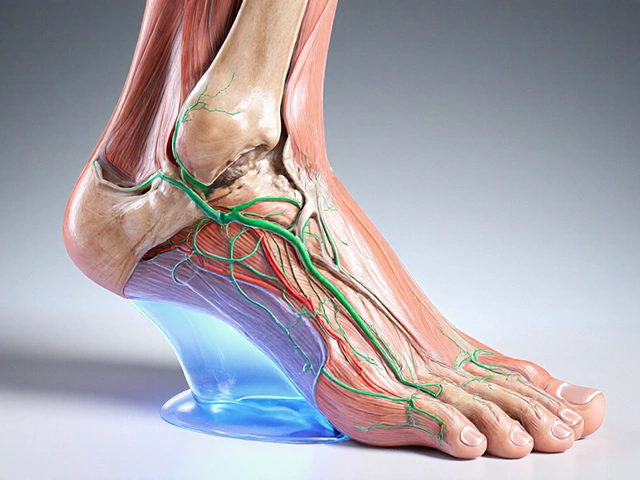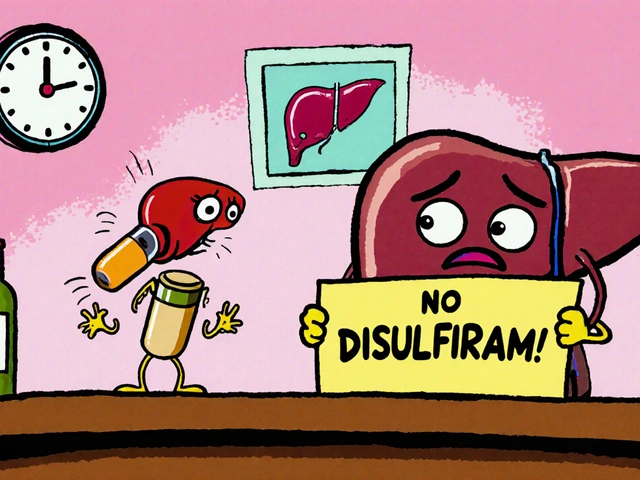Cefixime: a practical, no-nonsense guide
Want to know if cefixime could help you or a family member? Cefixime is a common oral cephalosporin antibiotic used for certain bacterial infections. This page gives clear, practical facts: what it treats, how people usually take it, possible side effects, and smart tips so you use it safely.
What cefixime treats and how it works
Cefixime kills bacteria by stopping them from building cell walls. Doctors commonly prescribe it for uncomplicated urinary tract infections (UTIs), middle ear infections (otitis media), bronchitis, and some throat and gonorrhea infections. It won’t help viral illnesses like colds or flu, so don’t expect symptom relief if your cough is viral.
Because bacteria can be resistant, doctors pick antibiotics based on likely germs and local resistance patterns. If your symptoms don’t improve in 48–72 hours, check back with your provider—treatment may need changing.
Dosage, side effects and practical tips
Typical adult dosing is 400 mg once daily or 200 mg twice daily, depending on the product. Treatment length varies: many simple infections need 5–7 days, some require up to 10–14 days. For children, dosing usually follows weight (about 8 mg/kg/day), but always use the exact dose your prescriber gives.
Common side effects include diarrhea, nausea, stomach pain, and mild rash. Most are temporary. Serious reactions—severe allergic reaction (hives, swelling, breathing trouble) or severe persistent diarrhea—need immediate medical care. Cefixime can also cause Clostridioides difficile infection in rare cases, which shows as severe, watery diarrhea.
Interactions: antacids, iron supplements, and sucralfate can lower how much cefixime your body absorbs. Take cefixime at least 2 hours before or after these products when possible. Probenecid can raise cefixime levels.
Kidney issues: doctors may lower the dose if you have significant kidney disease. Pregnant or breastfeeding? Most cephalosporins are considered safe, but always confirm with your clinician.
How to take it: swallow tablets with water; taking with food can reduce stomach upset. Finish the full course even if you feel better—stopping early can let bacteria come back and raise resistance risk. If you miss a dose, take it as soon as you remember unless it’s almost time for the next dose—don’t double up.
If you notice worsening symptoms, new high fever, rash, or trouble breathing, stop the drug and seek care. Need an alternative? Depending on the infection, choices include amoxicillin-clavulanate, azithromycin, or other cephalosporins—your doctor will choose the best fit.
Have questions about a prescription or side effects? Jot down symptoms, recent antibiotics, and any allergies before calling your clinician—clear info leads to better decisions.





